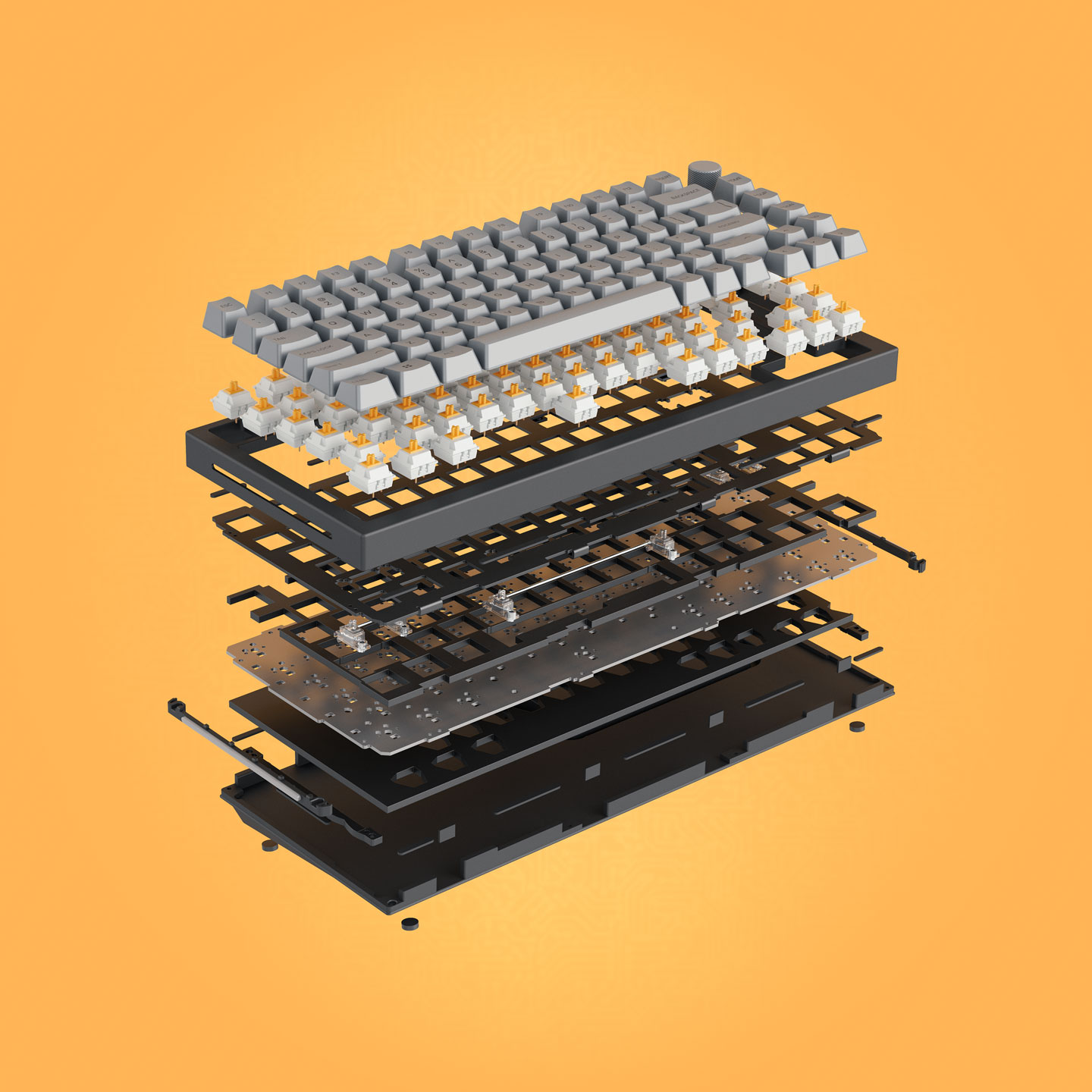Decent price, kept me updated with progress, well packed (and they chucked in some sweeties!) and good delivery. Great service overall.Read on Google

Upgrade your set-up to feature Glorious' line of incredible peripherals today, and experience a boost in gaming performance.
With a variety of wired and wireless mice, along with pre-built keyboards and DIY keycap options, you can truly design the peripherals of your dreams that suit any aesthetic. All of which are available at wallet-friendly prices, meaning you can focus on battling it out with friends, rather than the price tag.
If a pre-built keyboard isn’t your style, Glorious have even created a line of barebone mechanical gaming keyboards. Carefully select your frame, keycaps, switches, cables and so much more, and design a keyboard that effortlessly suits your aesthetic and offers you unparalleled performance for years to come.
*You will be required to assemble the product, as custom keyboards do not come pre-assembled.

Unleash your creativity with Glorious' range of pre-built keyboards with endless customisable keycaps. As the world’s first fully modular keyboard, each one has been engineered with expert control, comfort and unmatched performance. Choose from the extensive list of mechanical switches, including linear, clicky, and tactile, to craft the keyboard that perfectly meets your needs.
Taking the fuss out of gaming is Glorious' range of gaming mice, with a wide range of colours, shapes, and styles.
Built for speed, every mouse is extremely lightweight and comfortable, perfect for those long nights spent on the battlefield.
For all of the cable-haters out there, Glorious have an extensive range of wireless mice with 2.4GHz and Bluetooth options available, all touting long battery life for continued use.

Our customers know our services and this is reflected in the rating they give us. Leave us your opinion and help us to improve it.
